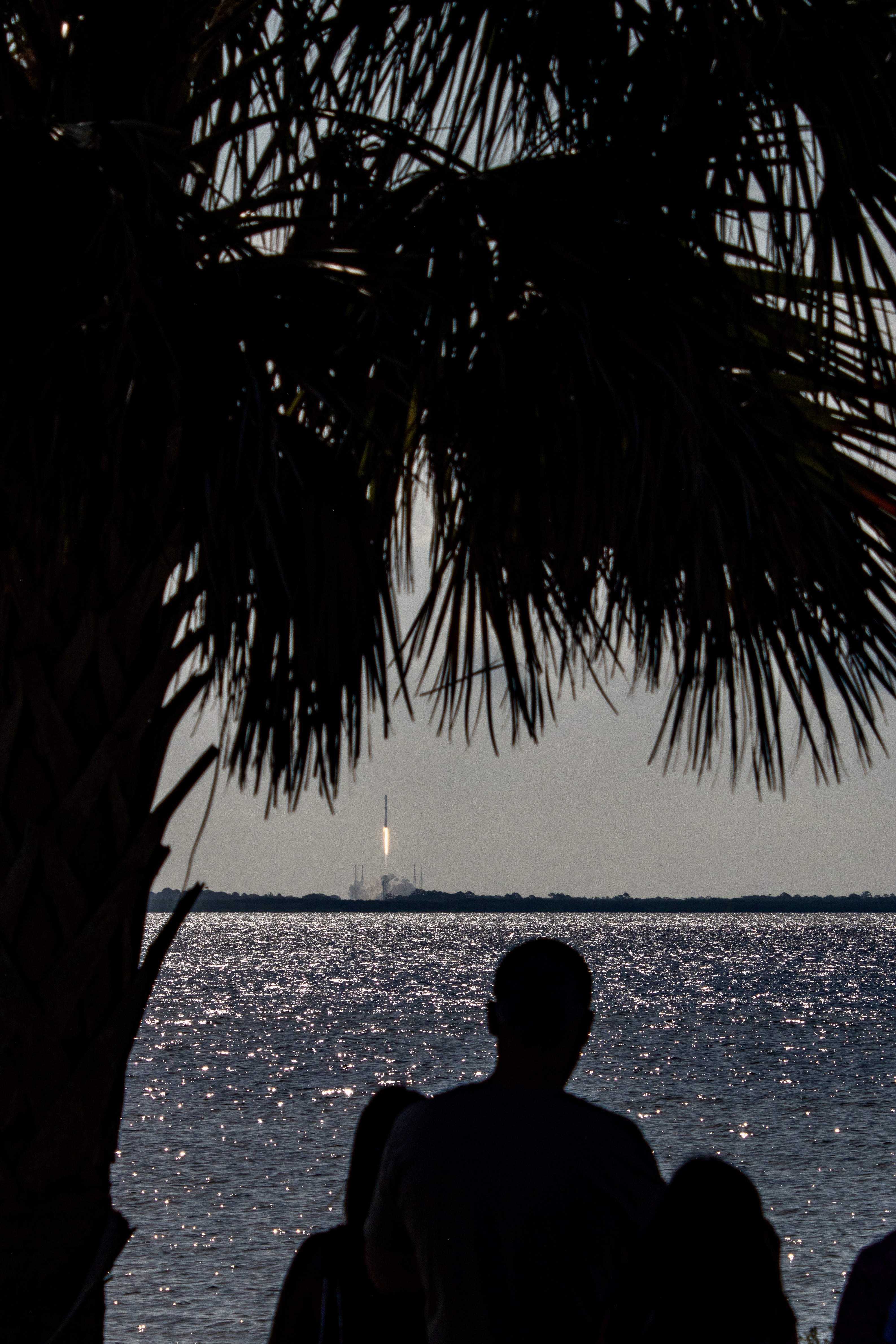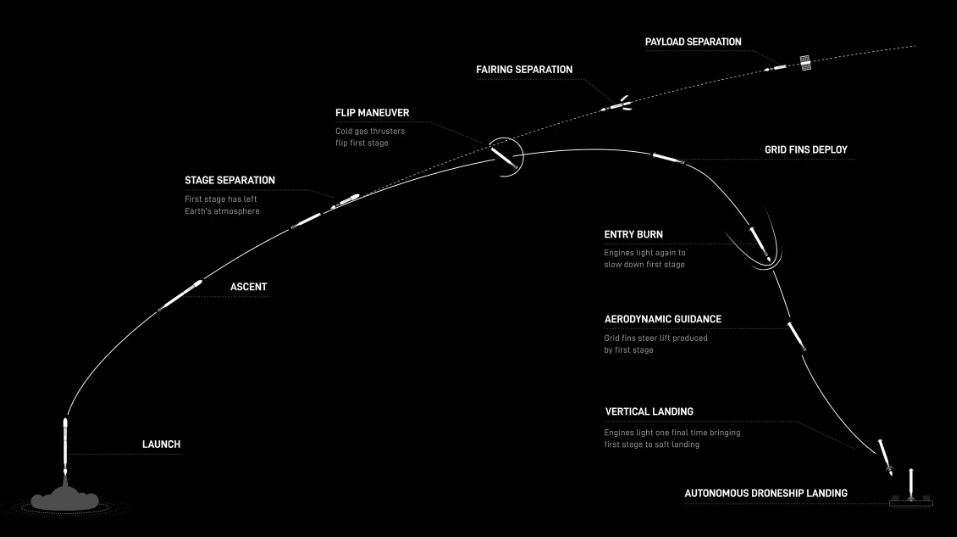TITUSVILLE, Florida — Instead of a crewed astronaut launch from the Space Coast this morning, as had previously been planned, SpaceX launched their latest stack of Starlink internet satellites.
A SpaceX Falcon 9 rocket lifted off from Space Launch Complex-40, at Cape Canaveral Space Force Station at 9:05 a.m. EDT (1305 GMT), carrying the Starlink 12-24 mission to orbit.
The satellites, stacked 23 tall, include 13 with SpaceX’s new Direct to Cell capabilities. This was the 12th liftoff for the Falcon 9 booster supporting the mission, tail number B1083, which has flown 6 previous Starlink launches.
As planned, B1083, shut down its nine Merlin engines and separated from Falcon 9’s upper stage about 2.5 minutes into flight.
Approximately six minutes later, the booster executed a landing burn to safely touch down on SpaceX’s Just Read the Instructions droneship, stationed in the Atlantic Ocean.

The rocket’s upper stage continued its LEO insertion burn with its 23 payloads. The 13 of those equipped with SpaceX’s Direct to Cell technology are part of the company’s next-step Starlink efforts, which aims to help eliminate cellular dead zones for mobile devices around the globe. SpaceX has partnered with T-Mobile in the U.S. to bring this capability to customers.
One hour into flight, the Starlink satellites were released to begin their individual maneuvers into more specific orbits, joining with join SpaceX’s growing megaconstellation.

SpaceX’s Starlink network currently consists of more than 7,000 satellites, operating in a grid that blankets nearly all of the planet, save for the polar regions. Starlink offers its users low-latency, high-speed internet from anywhere they are able to receive a satellite signal, with its network growing larger every week.
Tuesday’s launch was SpaceX’s 71st Falcon 9 mission of 2025. Fifty-three of those have launched batches of Starlink satellites to join the constellation.

























